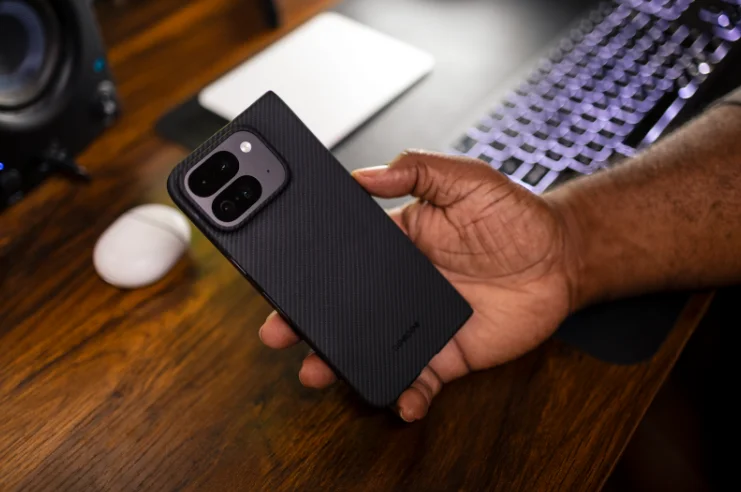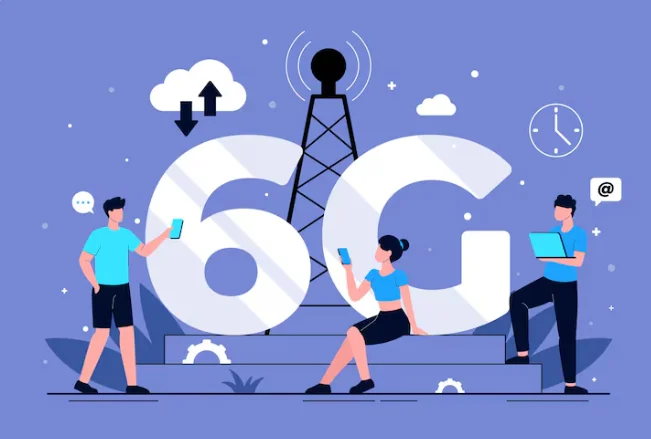
In a world rapidly shifting toward intelligent devices and real-time automation, the ability to run AI locally—without relying on the cloud—has become more important than ever. This is where edge AI steps in. But as the need for smarter edge devices grows, so does the demand for AI solutions that are fast, efficient, and portable. Enter Smallest AI: a radically compact, on-device AI framework built to make intelligence accessible—anywhere, anytime.
Let’s explore what Smallest AI is, how it works, and why it’s a game-changer in the era of edge computing.
What Is Edge AI?
Edge AI refers to running artificial intelligence algorithms directly on local hardware—such as smartphones, embedded devices, or IoT sensors—without sending data to a central server. This local processing comes with major benefits:
- Faster response times (low latency)
- Enhanced privacy (no cloud data transfer)
- Offline capabilities
- Reduced bandwidth usage and cloud costs
Despite its promise, edge AI traditionally struggles with the size and complexity of modern AI models, which often require extensive compute power and memory. This is where Smallest AI offers a refreshing alternative.
What Is Smallest AI?
Smallest AI is a lightweight, modular AI architecture designed to bring intelligence to the edge without bloated dependencies or cloud reliance. Unlike traditional AI systems that rely on massive models running in centralized servers, Smallest AI focuses on building micro-models—or “atoms”—that can perform specific tasks like voice synthesis, intent detection, and speech recognition entirely on-device.
The result? AI systems that are nimble, efficient, and ready to run on smartphones, Raspberry Pi boards, or even low-power embedded systems. Smallest AI isn’t just a tool—it’s a mindset shift that prioritizes minimalism, speed, and accessibility.
Core Principles of Smallest AI
At its heart, Smallest AI is built on a few key principles:
- Local-first design: All processing happens on the device. No cloud required.
- Minimal resource use: Optimized for low memory, CPU, and energy consumption.
- Modular atoms: Each task—like text-to-speech or speaker identification—is powered by a self-contained micro-model that can be plugged in or swapped out as needed.
- Fast integration: Simple APIs and SDKs allow developers to build smart workflows without deep ML expertise.
Why Smallest AI Matters in the Edge AI Era
The edge AI revolution isn’t just about reducing latency or improving performance. It’s also about redefining where intelligence lives. With Smallest AI , developers can build applications that:
- Work in offline or low-connectivity environments (e.g., rural areas, remote work sites)
- Preserve user privacy by keeping data local
- Operate on affordable, battery-powered devices
- Scale without expensive cloud infrastructure
These capabilities unlock opportunities across industries—from healthcare to manufacturing to education—especially in regions where cloud access is limited or impractical.
How It Compares to Traditional AI Models
Cloud-based AI systems are powerful, but they come with downsides: data dependency, latency, and resource demands. Smallest AI takes a different approach—one that prioritizes fit-for-purpose intelligence over brute force. While its micro-models might not match GPT-4’s general knowledge, they shine in focused tasks where size, speed, and trust are non-negotiable.
Developer Advantages
For developers, Smallest AI means:
- Faster prototyping: Get from idea to working demo in hours, not weeks.
- Lightweight deployments: Ship applications that run on virtually any hardware.
- Better UX: Create low-latency, always-available user experiences.
The Future of AI at the Edge
The next decade of AI won’t be defined by bigger models—it will be defined by smarter deployments. As computing continues to decentralize, the emphasis will shift from centralized cloud infrastructures to localized, purpose-built systems that can deliver real-time intelligence without external dependencies.
Tools like Smallest AI are at the forefront of this evolution. By enabling tiny, local-first AI agents that operate entirely on-device, Smallest AI unlocks new frontiers of accessibility, security, and responsiveness. This is especially critical in domains where milliseconds matter—such as autonomous vehicles, industrial automation, and wearable health tech.
Moreover, as concerns around data privacy and energy consum Governments and enterprisesption rise, edge AI solutions will become not just a convenience but a necessity. alike are already seeking ways to reduce cloud reliance, lower latency, and meet stricter compliance standards. Smallest AI offers a compelling solution that addresses all three, with micro-models that can be deployed universally—from smartphones to microcontrollers.
In this future, intelligence won’t just live in the cloud—it will be embedded everywhere. And Smallest AI will power that distributed intelligence with unmatched efficiency and portability.
Conclusion
Smallest AI is more than a technology—it’s a philosophy for building practical, private, and portable AI. In an age where user trust, energy efficiency, and system responsiveness are top priorities, this approach to AI becomes not only relevant but essential.
With Smallest AI, you’re not forced to choose between performance and privacy, or between speed and simplicity. You get intelligent systems that are lightweight enough to run anywhere, yet powerful enough to deliver meaningful, real-time results. Whether you’re developing a voice assistant for smart homes, diagnostic tools for rural healthcare, or maintenance bots for industrial environments, Smallest AI gives you the power to build smarter applications that respect the user’s space, data, and attention.
As the edge AI era accelerates, Smallest AI stands out as a powerful, accessible framework for innovation—designed for the real world, not just the lab. It’s your passport to creating edge-native experiences that are fast, secure, and future-ready.
Ready to see what Smallest AI can do? Start building today, and discover the future of local-first intelligence—one intelligent atom at a time.

The Hidden Business Power of Storytelling Through Books

Diamond Painting Apps & Digital Tools for 2025 Artists

Meeting Global Tastes: The Versatility of Commercial Tortilla Makers

Accelerating drug discovery through the DEL-ML-CS approach

AI in Marketing Is No Longer a Buzzword — It’s the Strategy

The Full Guide To Penetration Testing

Pixel 10 Pro Fold Case: Why Choose Aramid Fiber?

MT4 for Mac vs Windows: Which Version Works Better for Traders








